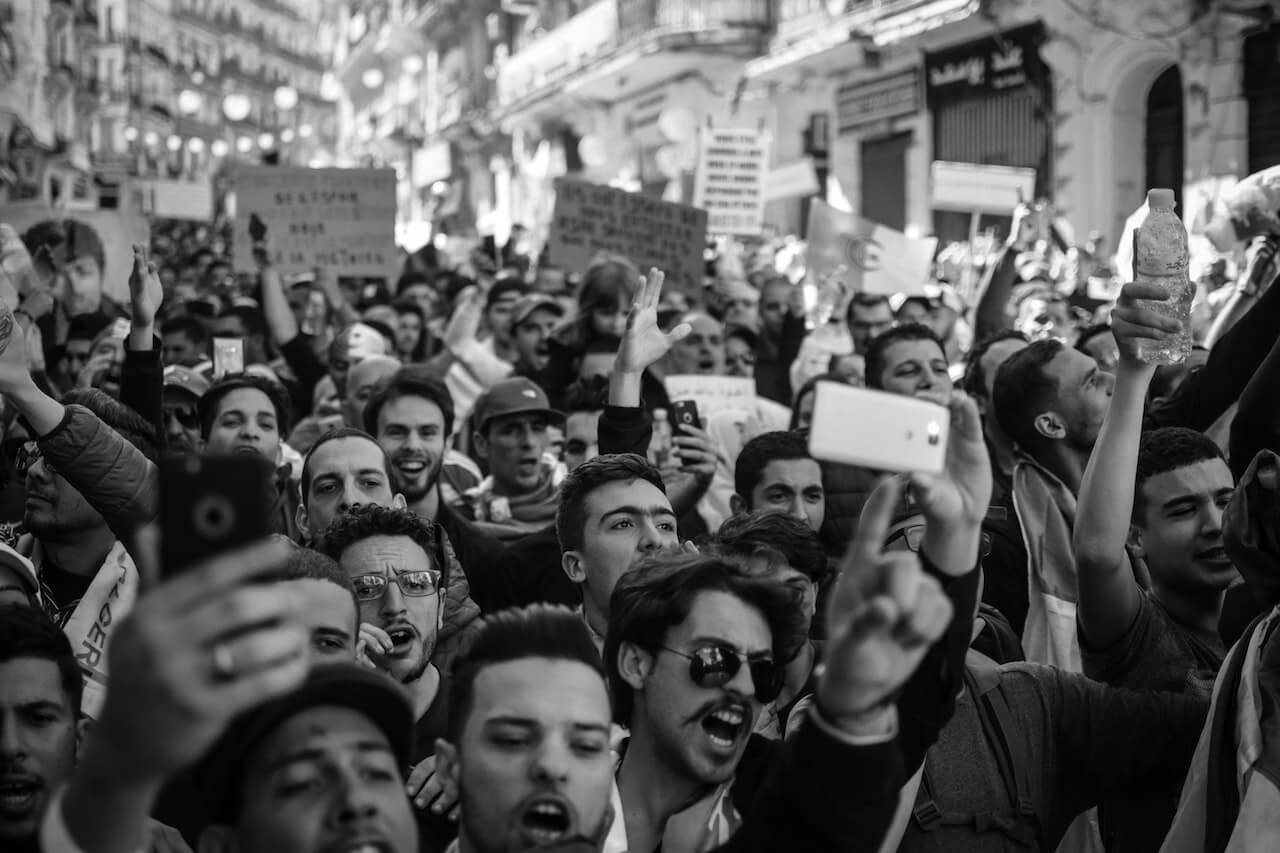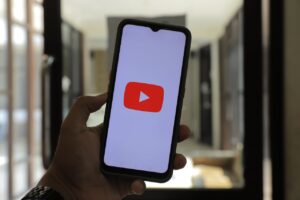
Protests Myanmar Netblocksfingasengadget is an online campaign that encourages people to speak out against the government of Myanmar’s decision to block access to social media and news websites. The campaign was started in response to the Myanmar government’s decision to block access to these websites in an effort to control the spread of information and opinions during the country’s recent unrest.
The protests began on August 28th, 2017, after the Myanmar government announced that it would be blockading access to social media and news websites in an attempt to control the spread of information and opinions during the country’s recent unrest. The blockade was set to last for three days, but was eventually lifted after two days.
The decision to block access to social media and news websites was met with criticism from many people, both inside and outside of Myanmar. The general consensus was that the government was trying to control the narrative and prevent people from communicating and sharing information.
Many people took to social media to express their outrage at the government’s decision. The hashtag #MyanmarNetBlocks became trending on Twitter, and people began posting about their experiences of trying to access blocked websites.
The blockade was eventually lifted after two days, but the protests continued. The goal of the campaign is to raise awareness about the government’s decision to block access to social media and news websites, and to encourage people to demand that the government reverses its decision.
Background
The decision to block access to social media and news websites came amid increasing unrest in Myanmar. The country has been in a state of emergency since August 25th, when violent clashes broke out between ethnic Rohingyas and security forces in the Rakhine State.
The clashes began after a group of Rohingya insurgents attacked several police posts, resulting in the death of 12 security personnel. In response, the Myanmar security forces launched a military operation in the Rakhine State that has been described by human rights groups as “a textbook example of ethnic cleansing”.
Since the outbreak of violence, more than 410,000 Rohingya refugees have fled to Bangladesh. The United Nations has described the situation as a “humanitarian catastrophe”.
In the midst of this unrest, the Myanmar government made the decision to block access to social media and news websites. The government justified the decision by saying that these websites were being used to spread “fake news” and to incite violence.
However, many people believe that the real reason for the blockade was to prevent people from sharing information and communicating with each other. This would make it easier for the government to control the narrative and prevent any further unrest.
The blockade was initially set to last for three days, but was eventually lifted after two days.
The Protests
Protests myanmar netblocksfingasengadget – The protests against the Myanmar government’s decision to block access to social media and news websites began on August 28th, 2017.
The hashtag #MyanmarNetBlocks became trending on Twitter, and people began posting about their experiences of trying to access blocked websites.
Many people expressed their outrage at the government’s decision, and called for the blockade to be lifted.
The protests continued even after the blockade was lifted, and the goal of the campaign is to raise awareness about the government’s decision to block access to social media and news websites, and to encourage people to demand that the government reverses its decision.
Myanmar’s Social Media Blackout – A Case Of History Repeating?
On August 28th, 2017, the Myanmar government announced that it would be blockading access to social media and news websites in an attempt to control the spread of information and opinions during the country’s recent unrest. The blockade was set to last for three days, but was eventually lifted after two days.
The decision to block access to social media and news websites was met with criticism from many people, both inside and outside of Myanmar. The general consensus was that the government was trying to control the narrative and prevent people from communicating and sharing information.
This is not the first time that the Myanmar government has tried to control the flow of information. In the past, the government has imposed strict censorship laws and used its power to silence dissent.
During the country’s military rule, the government tightly controlled the media and imposed censorship on all forms of expression. Books, newspapers, and magazines were subject to strict censorship, and the government kept a close watch on the content of broadcast media.
The internet was also heavily censored, and the government required all internet users to register with the authorities. The government also had the power to block access to websites that it deemed to be a threat to national security.
The military rule came to an end in 2011, and Myanmar embarked on a process of political reforms. These reforms included the freeing of political prisoners, the lifting of censorship laws, and the holding of free and fair elections.
However, despite these reforms, the government has continued to crackdown on dissent. In 2015, the government passed a new law that criminalized online speech. Under the law, anyone who posts “offensive” or “defamatory” content can be imprisoned for up to three years.
The law has been used to target activists, journalists, and other government critics. In 2016, two journalists were sentenced to 10 years in prison for reporting on the Rohingya crisis.
The decision to block access to social media and news websites is the latest in a series of crackdowns on dissent. It is a clear violation of the right to freedom of expression, and it is an attempt by the government to control the narrative and prevent people from sharing information.
The protests against the blockade are a sign that the people of Myanmar will not accept the government’s attempts to control the flow of information. The people have a right to access information, and the government must respect this right.
Related FAQs
Q: What is Protests Myanmar Netblocksfingasengadget?
A: Protests Myanmar Netblocksfingasengadget is an online campaign that encourages people to speak out against the government of Myanmar’s decision to block access to social media and news websites.
Q: What sparked the protests?
A: The protests began on August 28th, 2017, after the Myanmar government announced that it would be blockading access to social media and news websites in an attempt to control the spread of information and opinions during the country’s recent unrest.
Q: What is the goal of the campaign?
A: The goal of the campaign is to raise awareness about the government’s decision to block access to social media and news websites, and to encourage people to demand that the government reverses its decision.
Q: What is Protests Myanmar Netblocksfingasengadget?
A: Protests Myanmar Netblocksfingasengadget is an online campaign that encourages people to speak out against the government of Myanmar’s decision to block access to social media and news websites.












